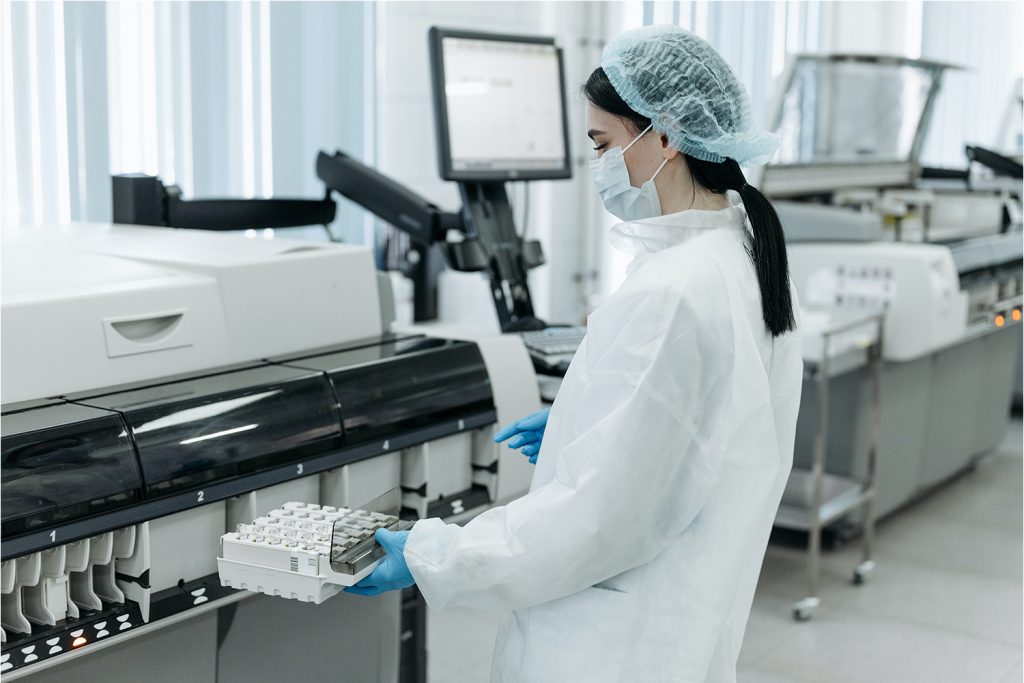Pharmaceutical cold chain
The items involved in the pharmaceutical cold chain mainly include clinical trial drugs, finished drugs, vaccines, blood products, and biological samples, which run through multiple scenarios of medicine from pre-market research to post-market circulation, medical health, etc.
. The pharmaceutical cold chain has high requirements for storage and transportation. It must meet the regulatory requirements of laws and regulations such as GSP and GMP.
In particular, some medical supplies must be protected from light, heat, radiation, and frost protection. Different items have different packaging. And temperature requirements, special attention must be paid to storage and transportation.

For example, the mRNA COVID-19 vaccine requires a transportation environment of minus 70°C.
Therefore, the pharmaceutical cold chain needs to be temperature controllable, visible, and traceable throughout the entire process.
However, due to factors such as cost and operational complexity, it is difficult to implement the contract as required, and problems such as “loss of temperature” and “broken links” in the chain are still serious.
According to a set of data released by the World Health Organization, 25% of vaccines cannot be used when they arrive at their destination every year due to improper transportation.
Nearly 30% of scrapped sales of companies can be attributed to logistics problems, and 20% of temperature-sensitive health products are damaged due to chain breaks during transportation.
On the supply side, the overall digital intelligence level of the domestic pharmaceutical cold chain is low, and the transportation is small, chaotic, and scattered. More than 70% of the market is concentrated in the hands of small and medium-sized enterprises, but they have problems in cost control, information systems, service quality, etc.



No responses yet